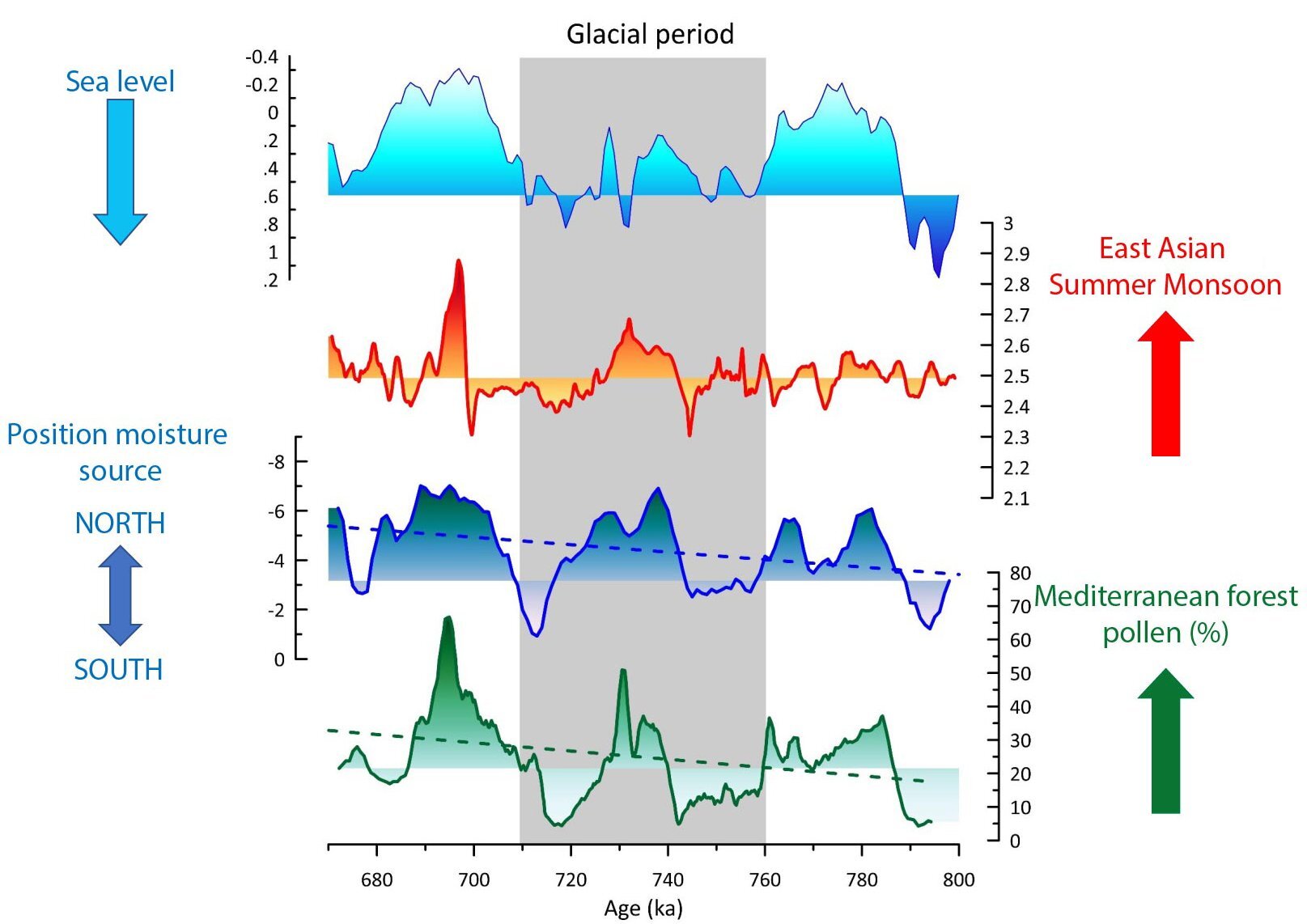Recent research has discovered that approximately 700,000 years ago, a “warm ice age” had a permanent effect on the climate cycles on Earth. During this warm and moist period, the polar glaciers expanded. A European research team, including Earth scientists from Heidelberg University, used geological data in combination with computer simulations to identify this unexpected connection.
Geological Ice Ages
Geological ice ages, known as glacial periods, are identified by the development of large ice sheets in the Northern Hemisphere. Over the past 700,000 years, the phases have alternated between distinct glacial and warm periods, occurring about every 100,000 years. However, before this time, the Earth’s climate was ruled by 40,000-year cycles with shorter and weaker glacial periods.
Middle Pleistocene Transition Period
The change in climate cycles occurred during the Middle Pleistocene Transition period, which began approximately 1.2 million years ago and ended about 670,000 years ago. The mechanisms responsible for this critical change in the global climate rhythm remain largely unknown. The reasons cannot be attributed to variations in the orbital parameters governing the Earth’s climate.
Warm Ice Age
The recently identified “warm ice age” caused the accumulation of excess continental ice and played a critical role in the transformation of the climate cycles, according to Associate Professor Dr. André Bahr of the Institute of Earth Sciences at Heidelberg University. The researchers used climate records from a drill core off Portugal and loess records from the Chinese Plateau, which were put into computer simulations. The models showed a long-term warming and wetting trend in both subtropical regions for the past 800,000 to 670,000 years.
Contemporaneous with the last ice age in the Middle Pleistocene Transition period, the sea surface temperatures in the North Atlantic and tropical North Pacific were warmer than in the preceding interglacial, the phase between the two ice ages. This led to higher moisture production and rainfall in Southwest Europe, the expansion of Mediterranean forests, and an enhanced summer monsoon in East Asia. The moisture also reached the polar regions where it contributed to the expansion of the Northern Eurasian ice sheets. Such expansion of the continental glaciers triggered the shift from 40,000-year cycles to 100,000-year cycles, which was critical for the Earth’s later climate evolution.



Leave a Reply